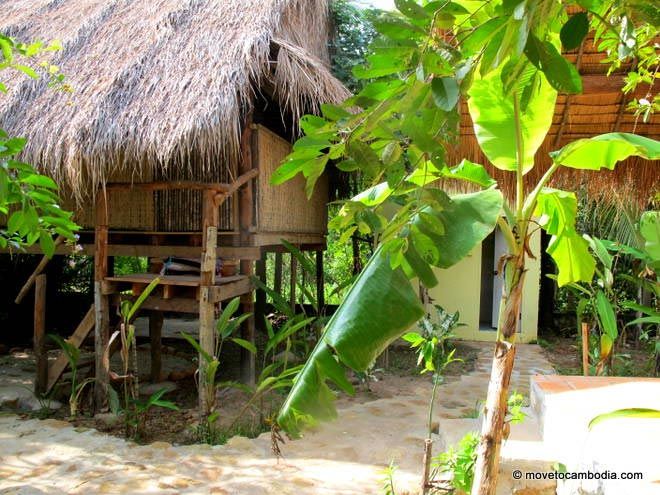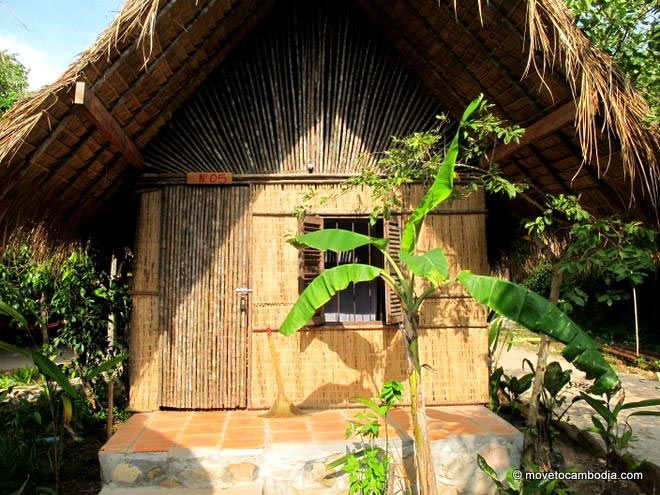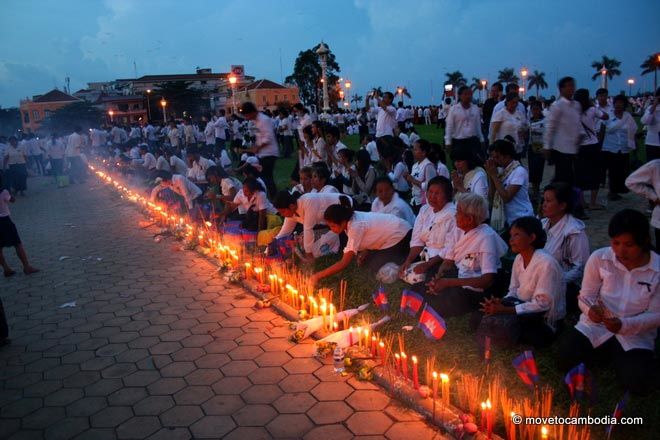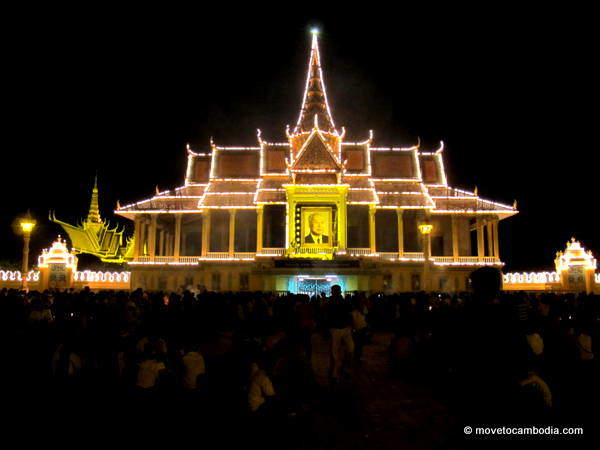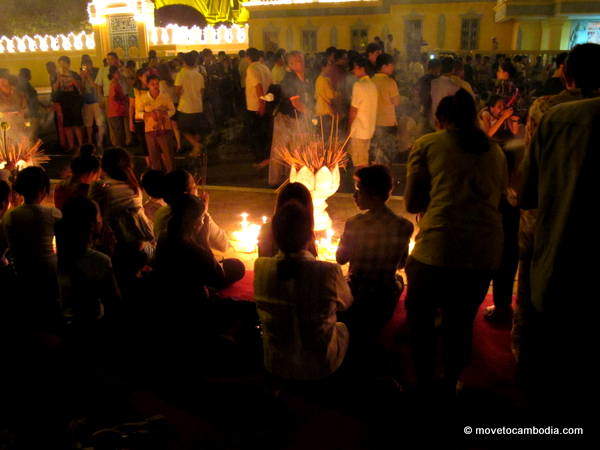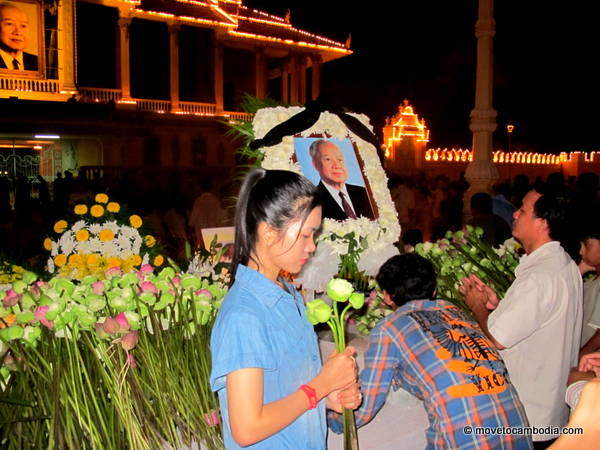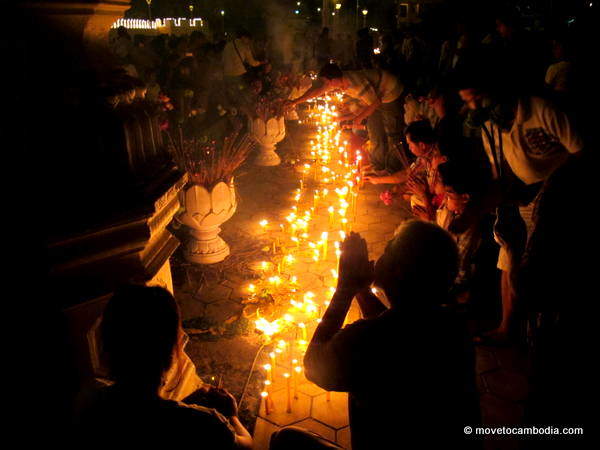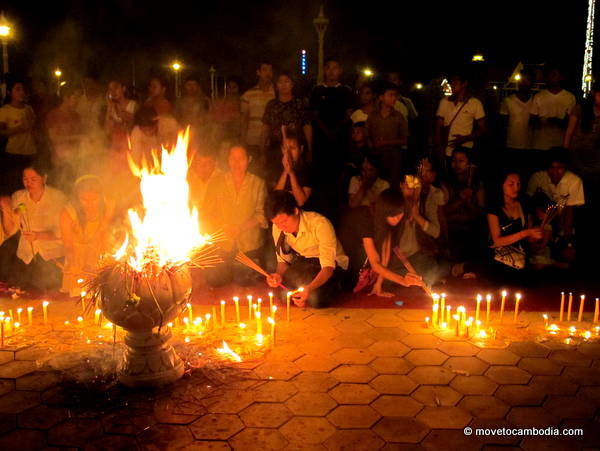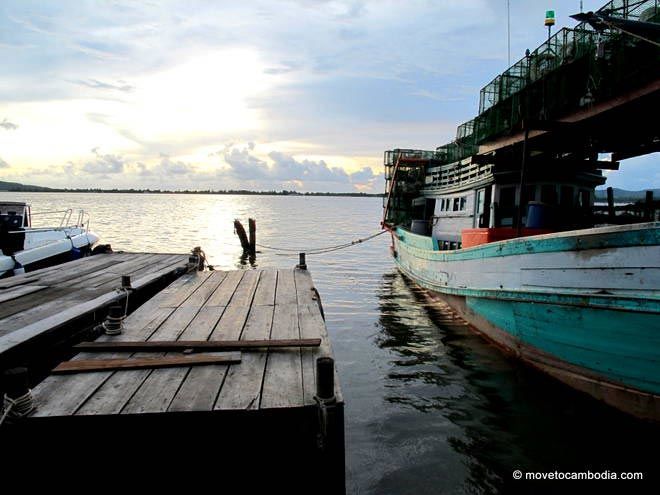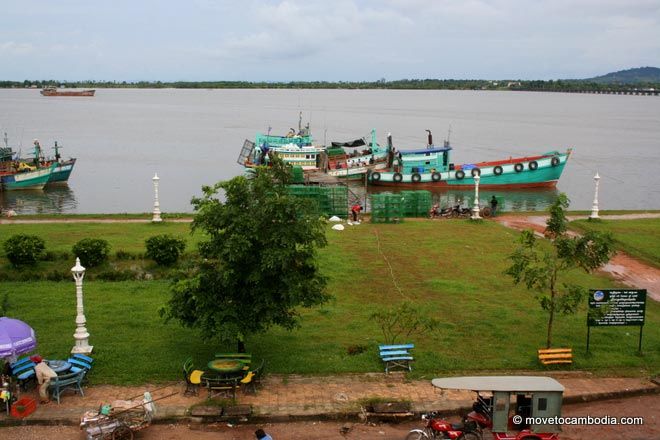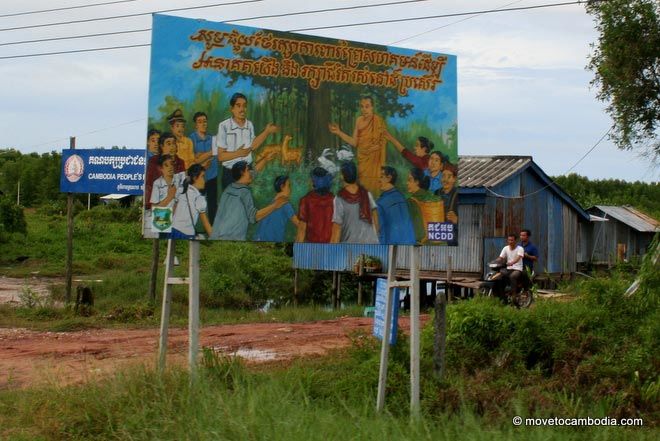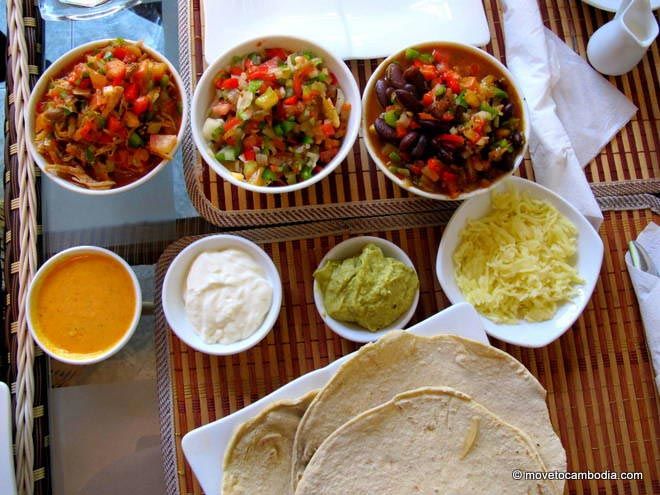Don’t let its light-hearted name confuse you, The Playground by Terrence McCoy covers the the outrageous and shocking land grabs in Cambodia, where the country is being bought piece by piece with Chinese money. One of the most compelling pieces of literary journalism about Cambodia to come out recently, The Playground was released in April as a Kindle Single, a new line of short stories, journalism and novellas released by Amazon.
The narrative manages to quickly convey the horror of hundreds of thousands of Cambodians who have lost their homes to make way for foreign developments and one woman, Vanny Tep, who is fighting back.
“The Chinese are the second coming of Pol Pot,” said Chea Pheap after losing his home after a Chinese company evicted an entire Cambodian fishing village. And after reading The Playground, it’s impossible to not question the influx of Chinese money pouring into the least developed Southeast Asian countries and the influence and natural resources that it is able to buy.
But it’s not only the Chinese who are to blame. McCoy writes that “over the last two decades, between one-fourth and one-third of Cambodia’s land has come under control of 1 percent of the population, reported USAID and Lidadho, a Phnom Penh organization. During that time, 10 percent of Phnom Penh residents and 5 percent of greater Cambodia residents –roughly 700,000 people — have suffered violent displacement.”
As staggering as these figures are, they are driven home the personalized accounts McCoy gives of the women of the Boeung Kak lake neighborhood and the portrait he paints of the Cambodian elite run amok — with no rules and no limits, they are willing to do just about anything to amass more wealth. (Cambodia is their playground, hence the name of this story.)
McCoy lived in Cambodia for two years as part of the American Peace Corps program, during which time he became fluent in Khmer. His narrative, The Playground, shows a sensitivity for the Khmer people not often seen in journalism that often has writers parachuting into the country to cover a story and leaving immediately.
The Playground is a short read but well worth the $1.99 cover price. You can get it direct from Amazon to read on your Kindle or computer. Buy The Playground on Amazon or Amazon UK.

